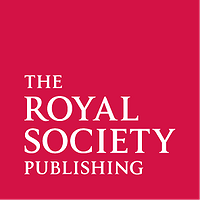After more than a decade of planning, three attempts were made in 2012-2013 to access, measure in situ properties and directly sample subglacial Antarctic lake environments. First, Russian scientists drilled into the top of Lake Vostok, allowing lake water to infiltrate, and freeze within, the lower part of the ice-core borehole, from which further coring would recover a frozen sample of surface lake water. Second, UK engineers tried unsuccessfully to deploy a clean-access hot-water drill, to sample the water column and sediments of subglacial Lake Ellsworth. Third, a US mission successfully drilled cleanly into subglacial Lake Whillans, a shallow hydraulically active lake at the coastal margin of West Antarctica, obtaining samples that would later be used to prove the existence of microbial life and active biogeochemical cycling beneath the ice sheet. This article summarizes the results of these programmes in terms of the scientific results obtained, the operational knowledge gained and the engineering challenges revealed, to collate what is known about Antarctic subglacial environments and how to explore them in future. While results from Lake Whillans testify to subglacial lakes as being viable biological habitats, the engineering challenges to explore deeper more isolated lakes where unique microorganisms and climate records may be found, as exemplified in the Lake Ellsworth and Vostok missions, are considerable. Through international cooperation, and by using equipment and knowledge of the existing subglacial lake exploration programmes, it is possible that such environments could be explored thoroughly, and at numerous sites, in the near future.

Antarctic subglacial lake exploration: first results and future plans
Review badges
0 pre-pub reviews
0 post-pub reviews


